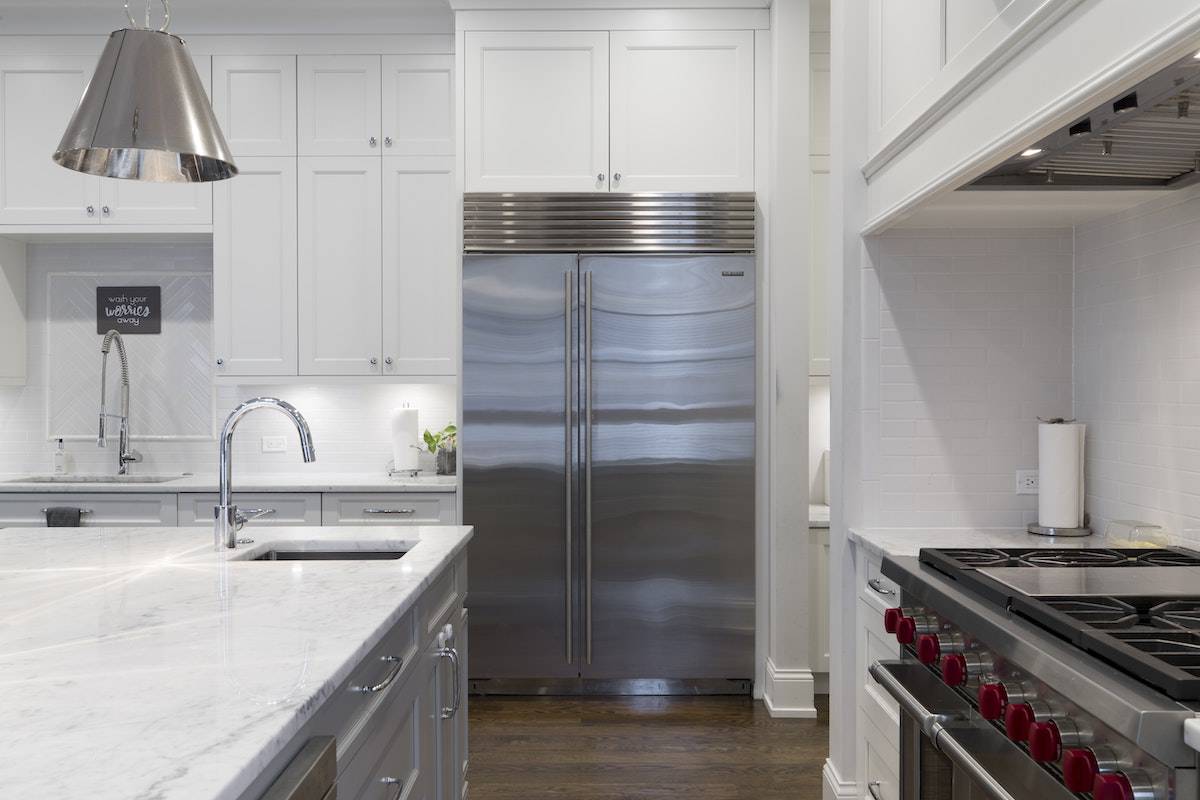From powering your washing machine to turning on lights, energy is essential for many home functions. But energy bills can add up quickly, especially with rising inflation costs. By working proactively, you can decrease electricity use and lower your monthly expenses. Here are five ways to minimize at-home energy usage and cut costs.
1. Only Plug Appliances In When You Use Them
You can cut energy costs by adjusting at-home habits. An excellent example of this technique is leaving devices and appliances unplugged when they’re not in use. Appliances use energy when plugged into electrical sockets, whether or not they’re turned on. Many devices move into a standby mode instead of powering off automatically, increasing your energy usage. By unplugging them, you prevent continued energy use from occurring.
Pay attention to your use of electronic devices and appliances like:
- Televisions: It’s common to forget to power down a television after watching. Make sure the device turns off completely before leaving the room. You could also program the television to turn off in case you forget — many smart TVs have settings that automatically turn off the device after a certain period of inactivity.
- Lamps and other light sources: When you exit a room, you might leave certain lights on. Even small lamps can use significant energy amounts, making it essential to switch them off.
- Kitchen appliances: Many people leave appliances like toasters, microwaves or coffee makers plugged into wall sockets at all times. Try to leave them unplugged instead, only turning them on when you need them.
2. Use More Cold Water

Water also impacts monthly energy usage and bills. In particular, heating water requires significant energy. Many people prefer hot water to wash clothes, take showers, and clean dishes. However, the more hot water you use, the more your monthly bill can rise.
You don’t have to eliminate hot water completely — instead, take proportional steps to reduce daily use. For instance, you could use colder temperatures to wash your clothes. Even switching to a warm setting can cut energy consumption in half, decreasing your monthly bills significantly. Using cold water would reduce energy usage even further. Most laundry detergents work effectively in all temperatures, making high heat unnecessary.
You could also consider taking cold showers to minimize heat generation. Frigid temperatures are unnecessary — instead, use a moderate temperature that maintains comfort while reducing energy use.
3. Increase Your Home’s Insulation
Insulation assists with energy efficiency by keeping hot or cold air within your home. If you notice it’s difficult to maintain heat or air conditioning in your house, it could be because of lacking or ineffective insulation.
A measurement called R-value determines an insulating material’s effectiveness at controlling heat flow. Higher R-values indicate the material facilitates heat flow more efficiently.
Recommended R-values depend on your location and climate. The United States Department of Energy divides the country into multiple climate zones for people to determine the necessary R-value for their homes. For instance, colder areas like Alaska need a higher R-value to maintain heat resistance.
You can work with insulation professionals to evaluate your home’s insulation and take the next steps. Identify lacking areas and recommend the best ways to proceed. The more effective your insulation is, the less you have to use electricity to maintain temperatures.
4. Switch to Energy-Efficient Appliances

Switching to more energy-efficient devices is another way to lower energy expenses. These appliances use less energy and provide the same performance. As climate change concerns increase, several manufacturers have increased production of these energy-efficient options, so they’re more accessible than ever.
For example, you could change features like:
- Heating and air conditioning (HVAC) systems: HVAC systems have a significant effect on monthly energy costs, making an energy-efficient option ideal. Switching to an energy-saving unit can decrease monthly expenses by 20%, which significantly lowers your annual costs.
- Lightbulbs: If you are unable to upgrade appliances, you can start small with replacements for objects like lightbulbs. Options like LED lights consume less energy and provide the same or more brightness.
5. Hold an Energy Audit
It’s often challenging to understand your energy bill and determine which areas to address to minimize energy consumption. Home energy assessments provide a comprehensive view into energy usage throughout your home. Professionals evaluate your home, then identify inefficiencies. They might notice issues like:
- Air leaks
- Ineffective insulation
- Over-consuming appliances
The inspectors also explain your options to decrease consumption and improve monthly costs. You can target specific areas that increase expenses. For instance, if an inspector notices your heated water consumption increases your bills the most, you can switch to colder water wherever possible.
You can also complete a DIY energy audit by following steps from the United States Department of Energy. In this method, you use a checklist to analyze potential energy inefficiencies, then use the results to reduce consumption.
By implementing these practices, you can reduce monthly energy bills. Use trial and error to see how certain actions impact your costs. Tools like budget journals help you track typical expenses, monitoring how your energy usage impacts bills. Remember that energy efficiency also reduces your carbon footprint, which has positive environmental impacts.

